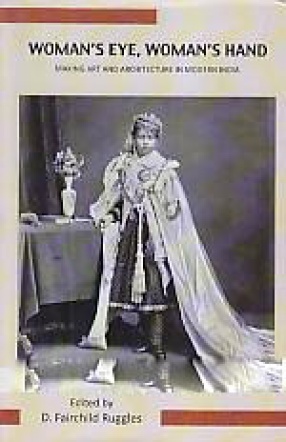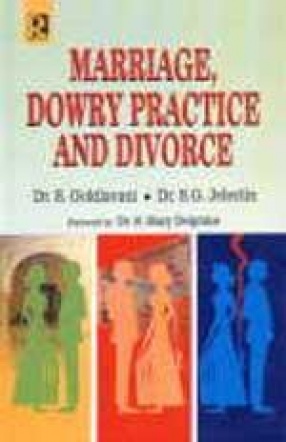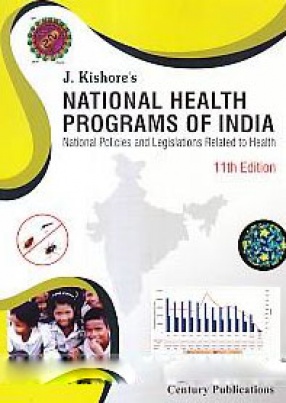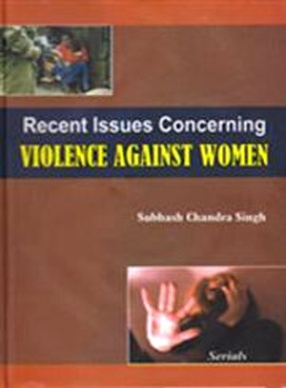This collection of nine essays examines the agency of women as the producers and patrons of art, crafts and architecture in India in the late nineteenth and twentieth centuries. Tracing the emergence of female artists and female patrons, it analyses both the embrace of feminist principles and its rejection as a framework for social action.
It also examines how women—supposedly invisible and denied positions of prominence in the public sphere—gained voice through family, marriage, political activism and artistic production. The contributors look at these issues through both the political frame of gender as well as through family lineage and dynastic connections. The importance of women’s patronage of the arts has been assessed as well.





There are no reviews yet.